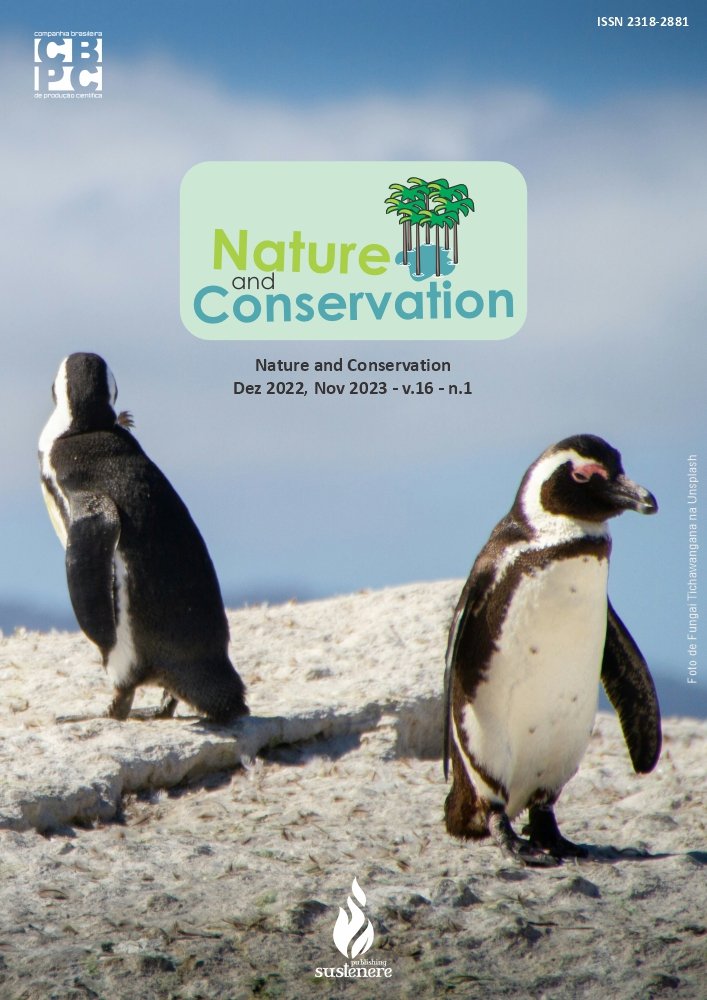Production of chicory cultivars grown under different shade screens in tropical climate
DOI:
https://doi.org/10.6008/CBPC2179-6858.2021.012.0005Keywords:
Cichorium intybus l., Protected cultivation, Tropical Horticulture, Temperature, LuminosityAbstract
Hardwood species growing in tropical and Equatorial regions is a challenge due to high temperatures and high rainfall in the summer. The cultivation in protected environment in Mato Grosso is little explored and develop cropping systems to meet this demand is necessary. The objective of this study was to evaluate the influence of telados covered with different shading netting in the production and quality of cultivars of chicory Sugar Loaf type. The experiment was conducted under approximately 45% meshes shading with different pigmentations, red, black, silver, and open field, at the University of the State of Mato Grosso, in the municipality of Nova Mutum, Mato Grosso, in the period from 22 August to 03 November 2015. The experiment was on plots subdivided by assessing the influence of the environment on plot and the development of cultivars of chicory Sugar Loaf (Top Seed, Horticeres and Feltrin) in the sub-plot, in randomized blocks with four repetitions. Was rated height, diameter, production, number of leaves and total dry mass of plants. The development of this experiment can be concluded that the use of shading netting favored the production of independent mesh-type chicory in relation to the open field. The top seed cultivar Pão-de-açúcar from Top Seed showed higher magnitude of yield agronomic (165.9 g plant-1), diameter and height (36.8 cm) (32.2 cm) respectively.
Downloads
Downloads
Published
Issue
Section
License
Copyright (c) 2021 Ibero-American Journal of Environmental Sciences

This work is licensed under a Creative Commons Attribution-NonCommercial-NoDerivatives 4.0 International License.
The CBPC - Companhia Brasileira de Produção Científica (Brazil CNPJ: 11.221.422/0001-03) the material rights of the published works. The rights relate to the publication of the work anywhere in the world, including rights to renewals, expansions and dissemination of the contribution, as well as other subsidiary rights. All electronically published works may subsequently be published in printed collections under the coordination of this company and / or its partners. The authors preserve the copyright, but are not allowed to publish the contribution in another medium, printed or digital, in Portuguese or in translation.









